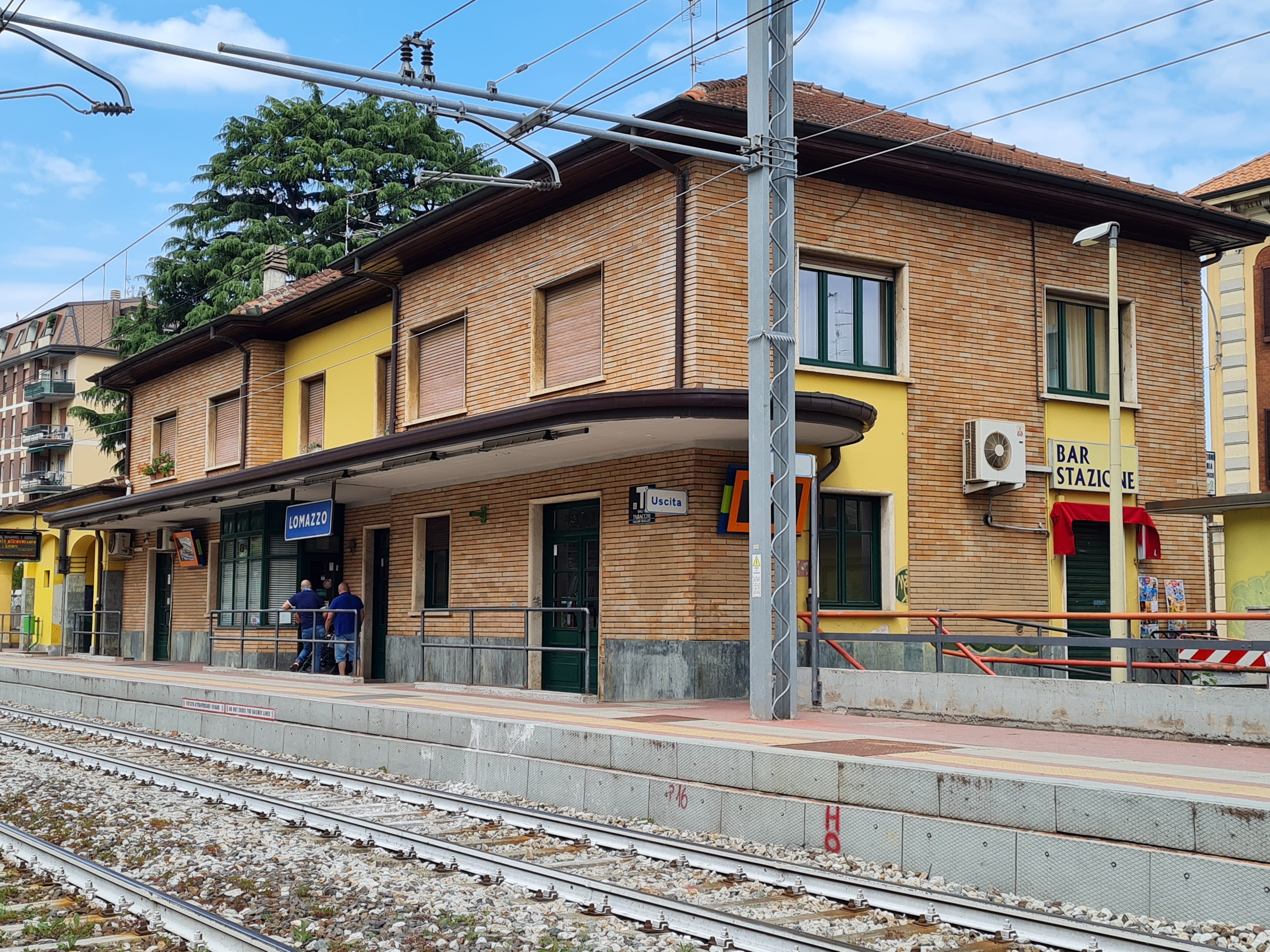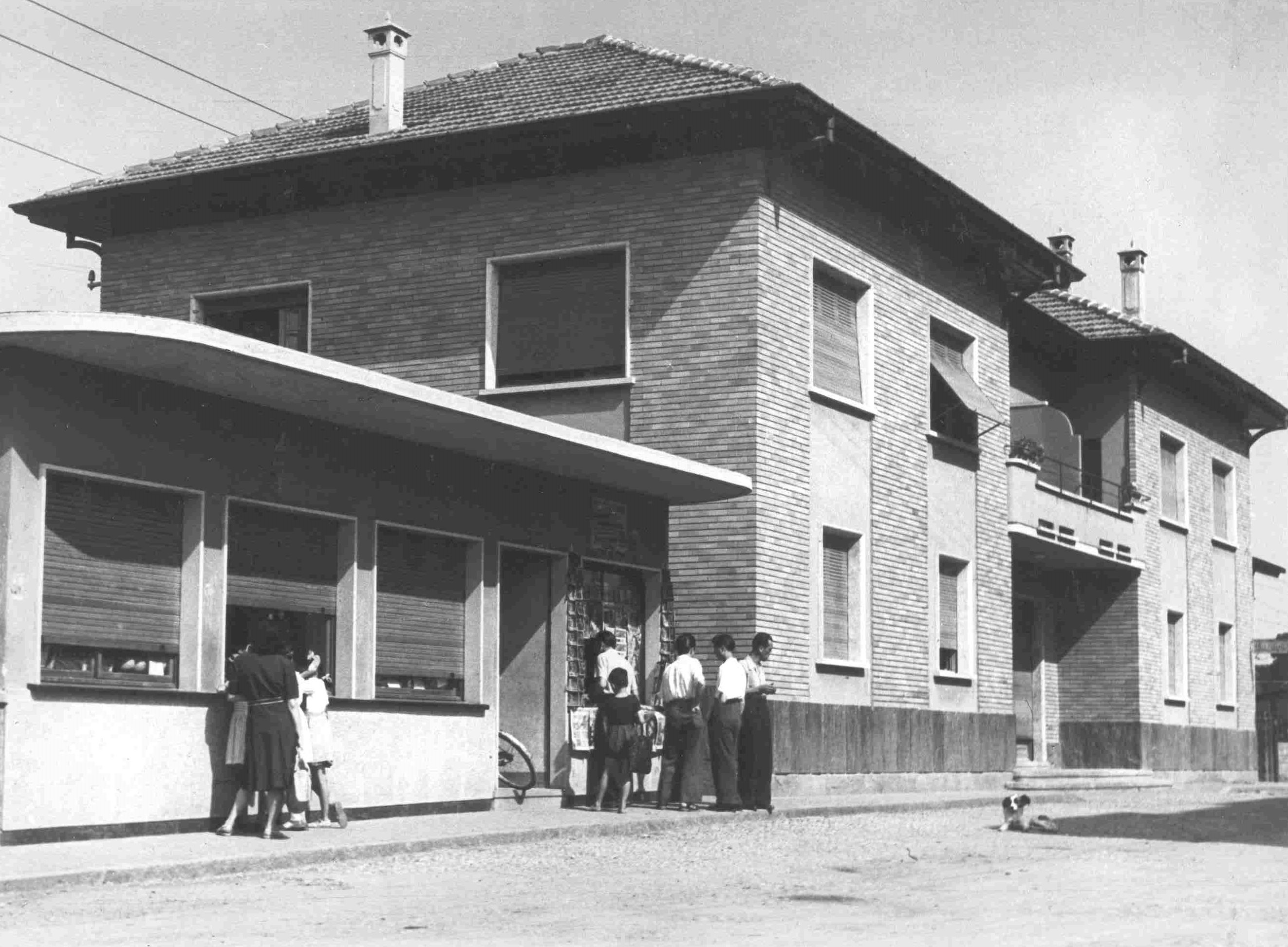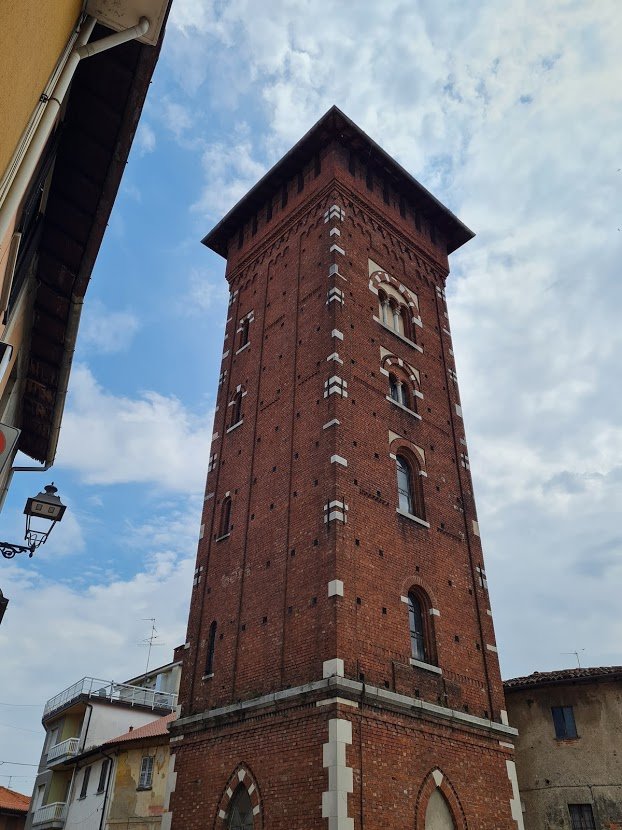Lomazzo


The industrial development of Lomazzo is due in part to Ferrovia Nord Milano. The presence of the railway drew a visionary entrepreneur by the name of Francesco Somaini to Lomazzo. In 1893, this future member of parliament established a large cotton mill. Cutting edge for its time, it no longer relied on hydropower but was powered by steam, and, a few years later, by electricity, which was also used to light Lomazzo and the surrounding towns.
The cotton mill was active until 1974, and provided work for more than a thousand employees, who came from far and wide. Francesco Somaini built a boarding house for the female employees, attended by nuns, who ran the canteen and cloakroom. He also built an entire housing district, complete with nursery and creche, showing an unusual social sensibility ahead of its time.
Gallery

Passengers and dog outside the station, 1960s 
Interior of Lomazzo station, 1970s 
Interesting historic image of Lomazzo station 
Water tower (700 m from the station): built by Giuseppe Sanguettola in 1907 to hold a drinking water tank. It resembles the sections of the central tower of the Sforzesco Castle in Milan, rebuilt a few years earlier. It is the first water tower built in the Lower Como region and possibly in the entire province of Como. It is a key example of industrial archaeology as well as an interesting example of neo-medieval architecture. It incorporates the features of the Lombard Romanesque style, with single, double and triple lancet windows, in ascending order. It is located in the old town of Lomazzo, at the top of Via Unione on the corner of Via Milano and Via Mazzini.